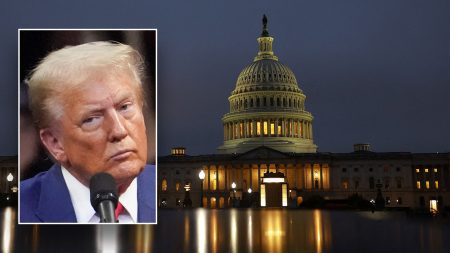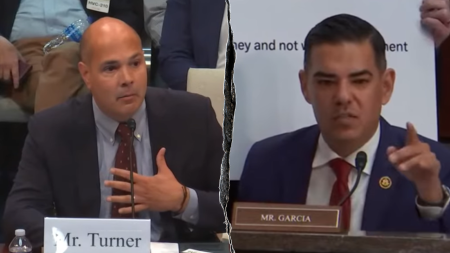President-elect Trump’s first address to the nation following the certification of his election victory served as a platform to unveil a significant economic initiative. Speaking from his Mar-a-Lago residence, just a day after the formal congressional certification process, Trump announced a $20 billion investment in new data centers across the United States. This investment, he stated, would be deployed within a “short period of time” and would be facilitated by DAMAC Properties, a prominent real estate development company based in Dubai. Hussain Sajwani, the owner of DAMAC Properties, further elaborated on the investment strategy, highlighting that the focus would be on states like Texas, Oklahoma, Indiana, and other locations within the Midwest. This strategic allocation aims to leverage the existing infrastructure and growing tech presence in these regions. The substantial investment carries the potential to stimulate economic growth, create employment opportunities, and further solidify the United States’ position as a leader in the technology sector.
The $20 billion investment represents a significant commitment to the development of digital infrastructure in the United States. Data centers form the backbone of the modern digital economy, providing the necessary infrastructure for cloud computing, data storage, and artificial intelligence. Trump’s announcement suggests a recognition of the growing importance of these technologies and their role in driving innovation and economic prosperity. By partnering with DAMAC Properties, the Trump administration aims to attract foreign investment into the US technology sector, further boosting its growth and competitiveness. The chosen geographical focus on the Midwest also signifies an intention to distribute technological development and economic growth beyond the traditional tech hubs on the coasts, potentially leading to a more balanced and inclusive digital economy.
This investment aligns with the growing global trend of increasing reliance on data centers and cloud-based technologies. As businesses and individuals increasingly rely on digital services, the demand for data storage and processing capabilities has surged exponentially. The construction of new data centers will not only address this growing demand but also contribute to the development of a more robust and resilient digital infrastructure. This enhanced infrastructure is crucial for supporting emerging technologies like artificial intelligence, machine learning, and the Internet of Things, which are expected to play a transformative role in various industries and aspects of daily life. The investment also holds the potential to spur innovation and create new opportunities for businesses and entrepreneurs in the technology sector.
The choice of DAMAC Properties as the investment partner raises several interesting points. DAMAC Properties, known for its luxury real estate developments, is venturing into the data center space, demonstrating a diversification strategy and recognition of the burgeoning growth potential of the digital economy. This partnership highlights the increasing convergence between real estate and technology, with data centers becoming an integral part of modern infrastructure development. The investment also underscores the globalization of the technology sector and the increasing interconnectedness of global economies. By attracting foreign investment in critical infrastructure, the United States can further strengthen its position as a global leader in technology and innovation.
The focus on the Midwest for the data center development offers several strategic advantages. The region boasts lower land costs and energy prices compared to coastal areas, making it a more cost-effective location for data center construction and operation. The Midwest also offers a relatively stable geological environment, reducing the risks associated with natural disasters. Furthermore, the region has a growing pool of skilled tech talent, providing the necessary workforce to support the data center operations. By investing in the Midwest, the initiative aims to stimulate economic growth and create job opportunities in a region often overlooked by tech companies, contributing to a more balanced distribution of technological development and economic prosperity across the country.
The announcement of this significant investment has generated considerable interest and speculation. While the details of the implementation and long-term impact are yet to unfold, the initiative signals a clear focus on advancing the nation’s digital infrastructure and fostering technological innovation. The partnership with a foreign investor underscores the global nature of the technology sector and the importance of attracting international capital to fuel domestic growth. The emphasis on the Midwest as a key location for data center development signifies a commitment to regional economic development and a recognition of the strategic advantages offered by this region. The success of this initiative will depend on several factors, including effective implementation, regulatory support, and the continued growth of the digital economy. The long-term implications of this investment will likely extend beyond immediate economic benefits, shaping the landscape of the US technology sector and its role in the global digital economy.










